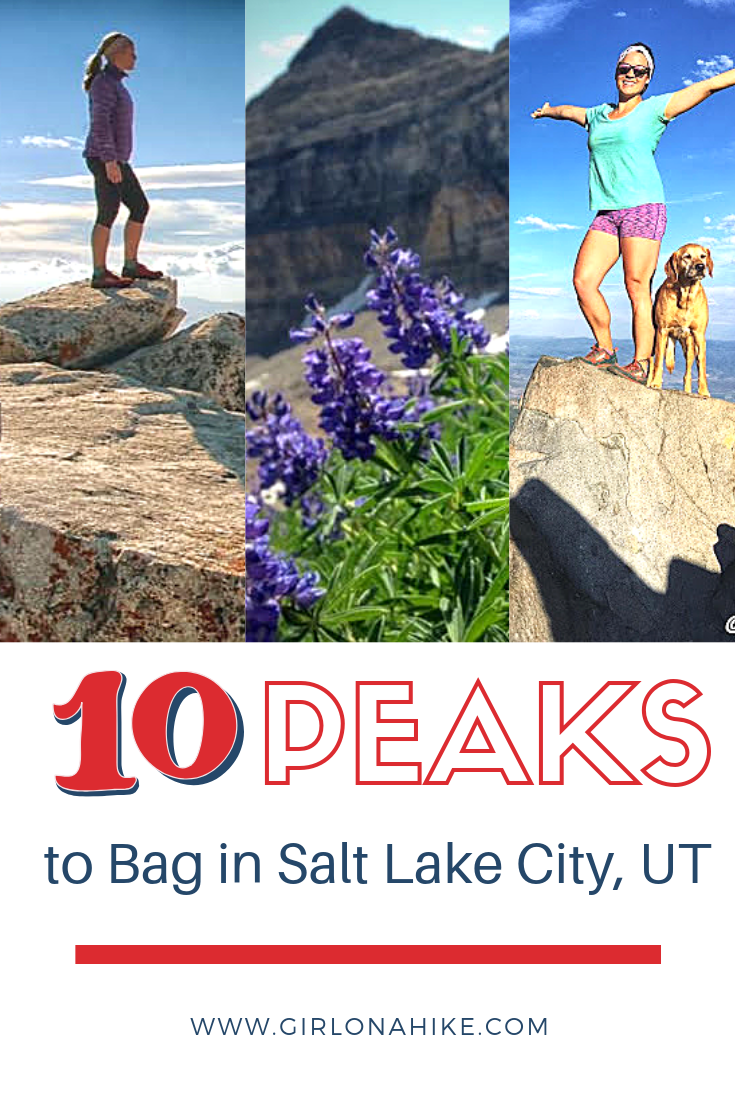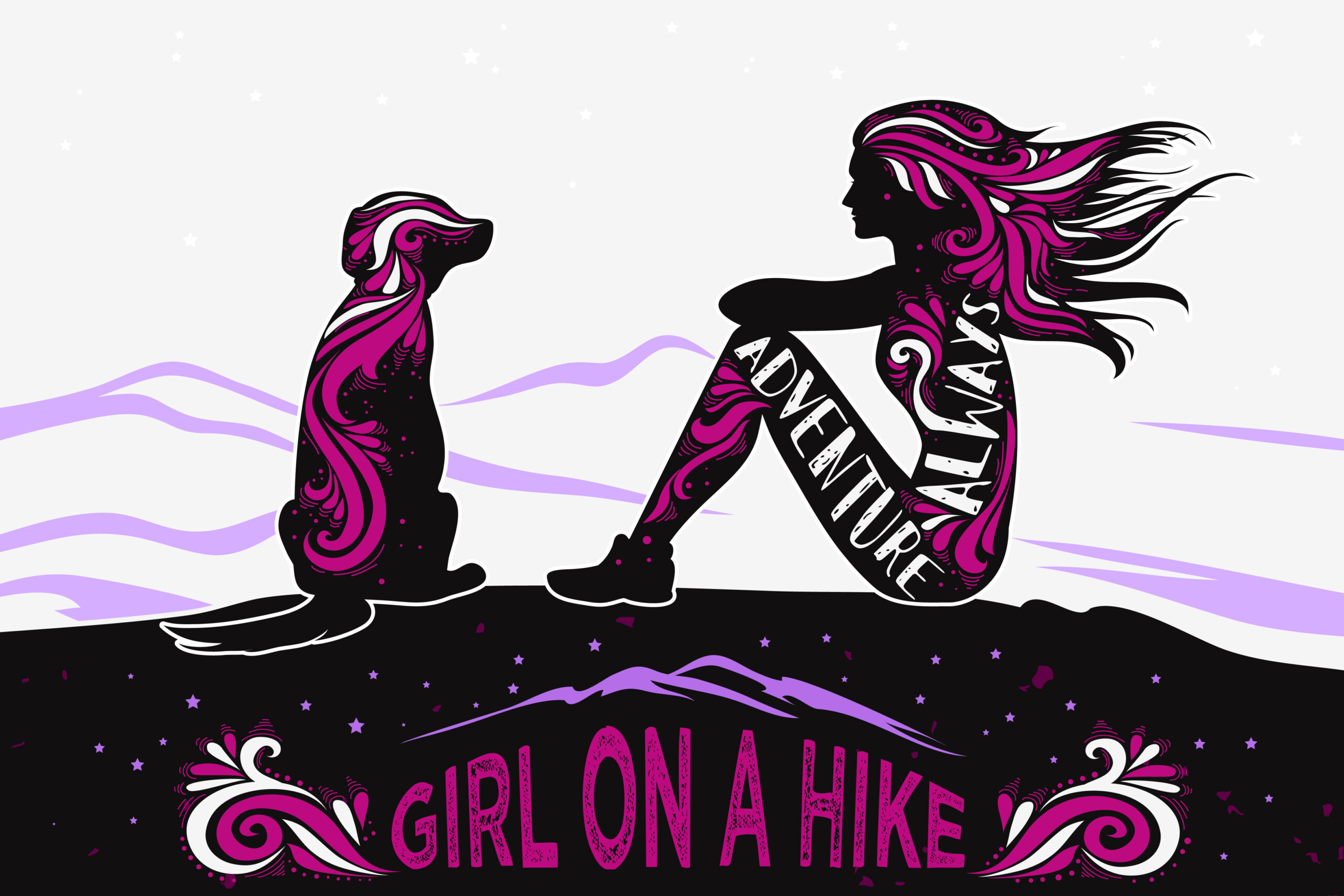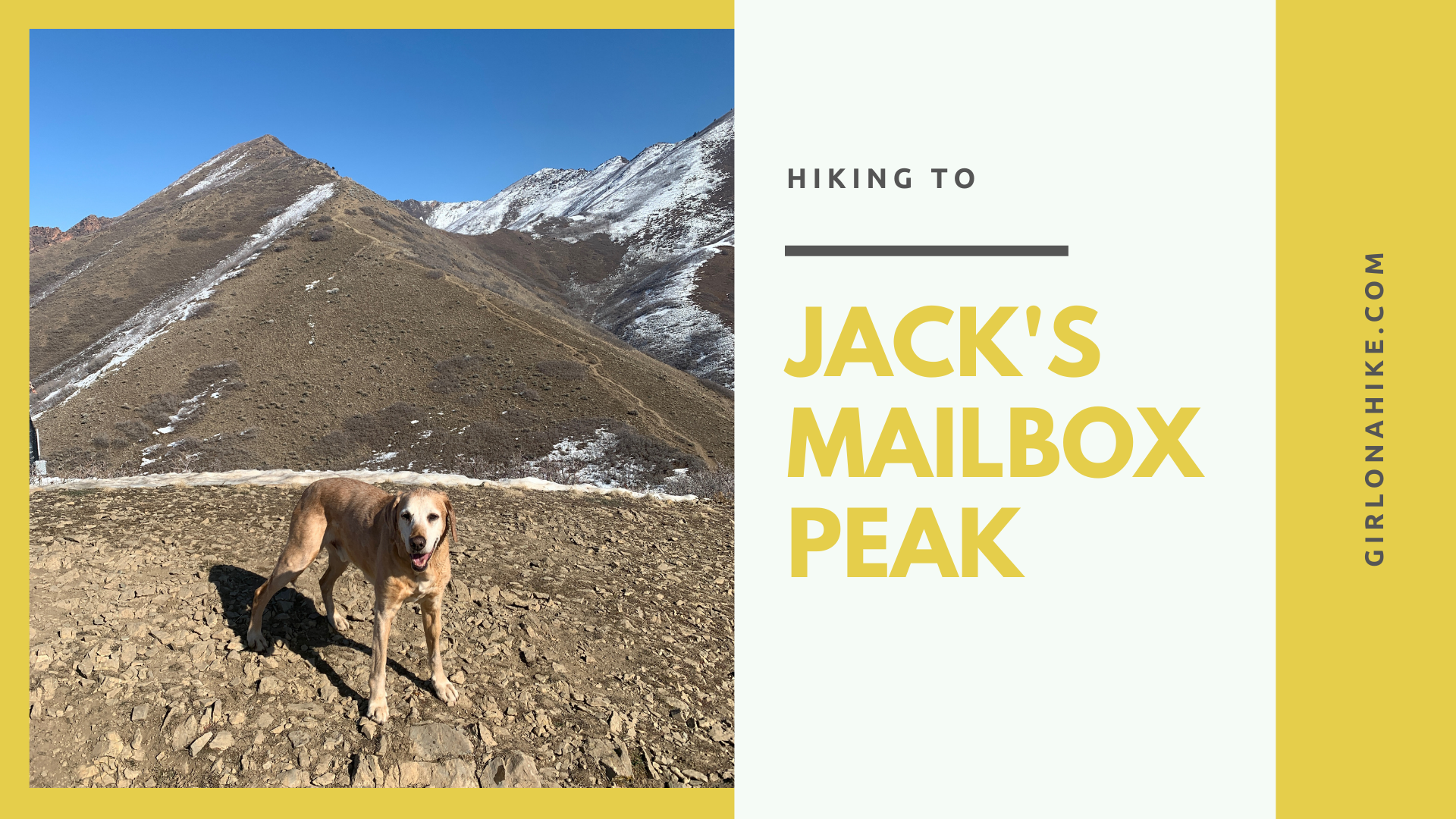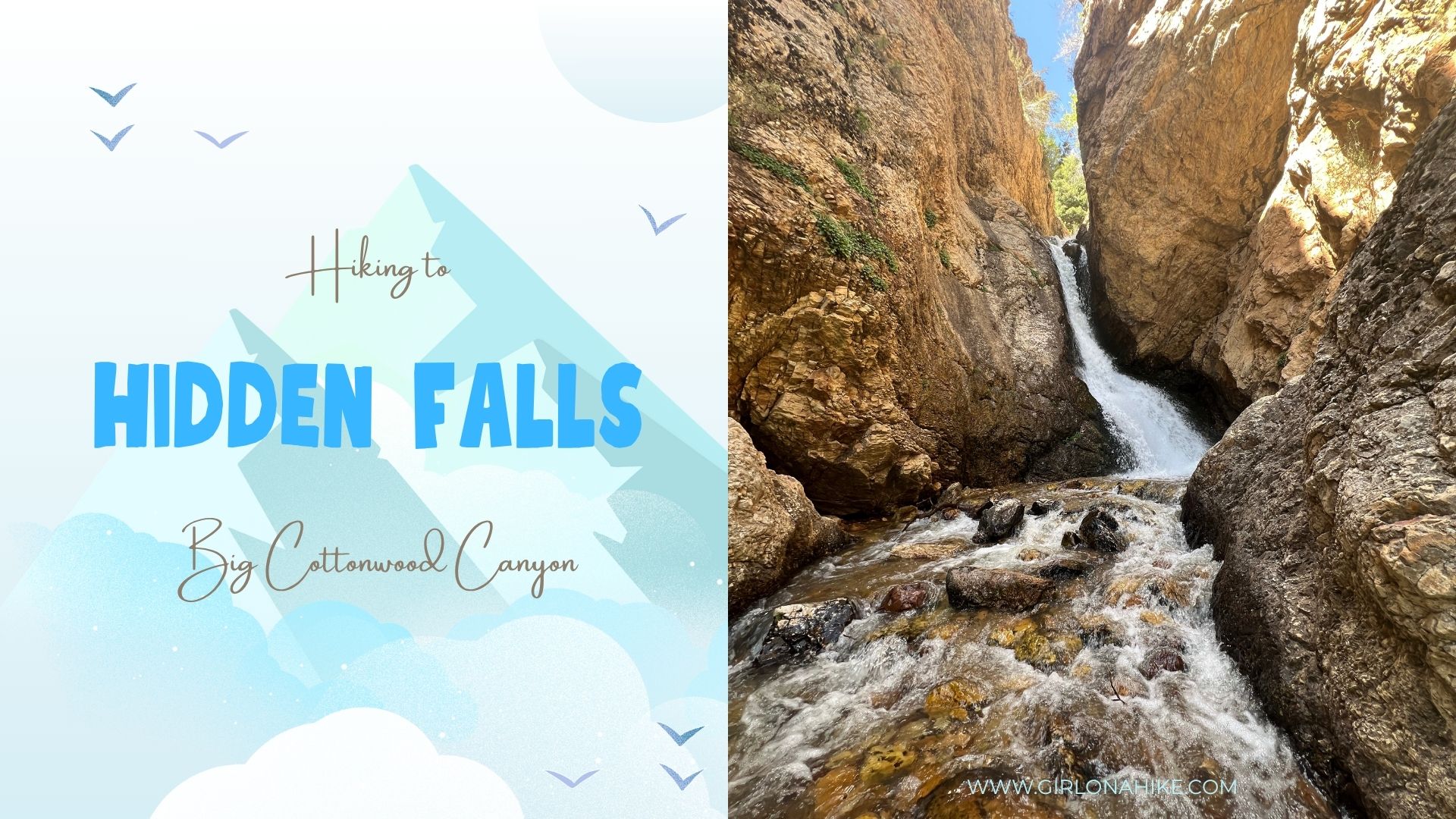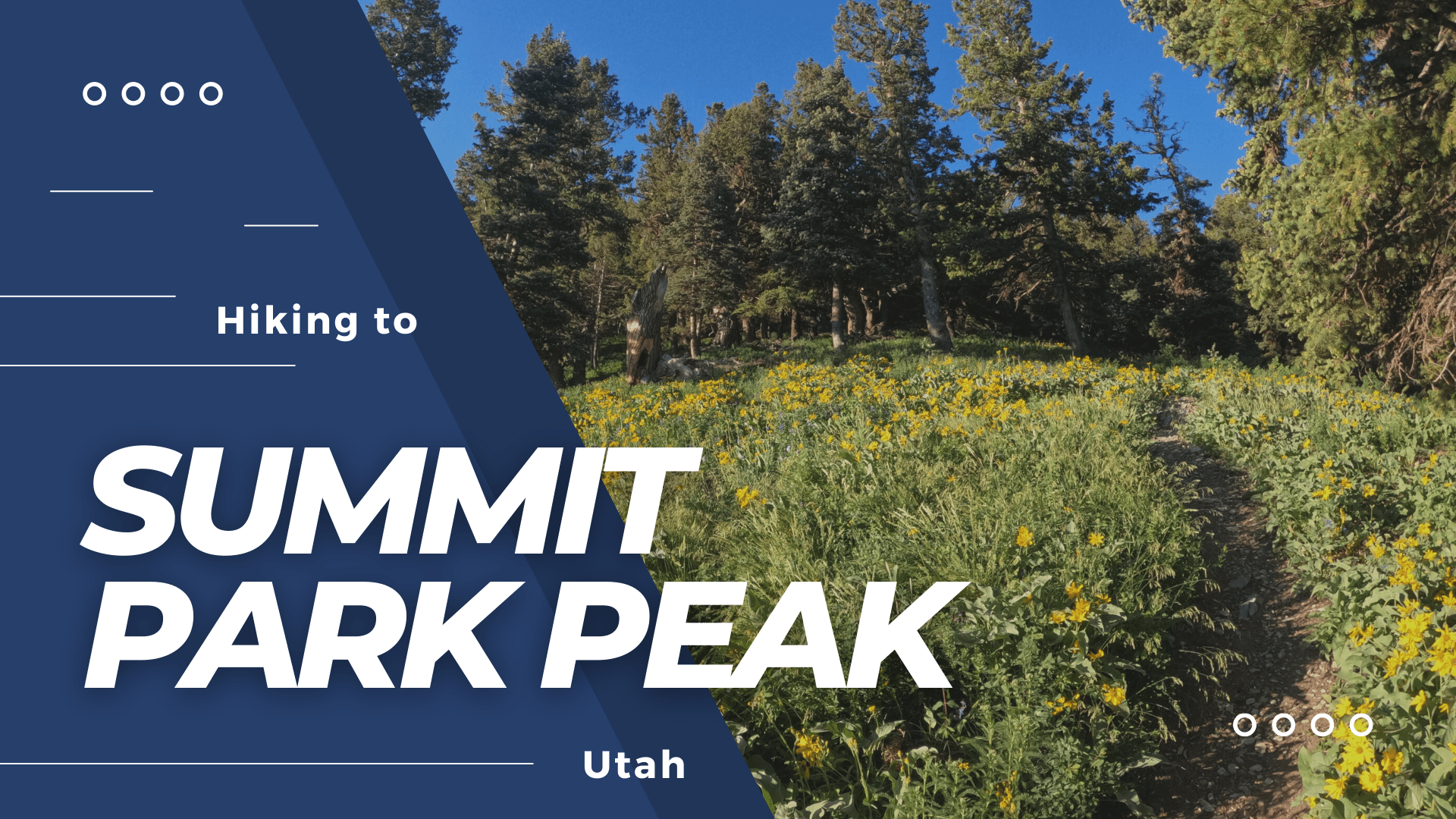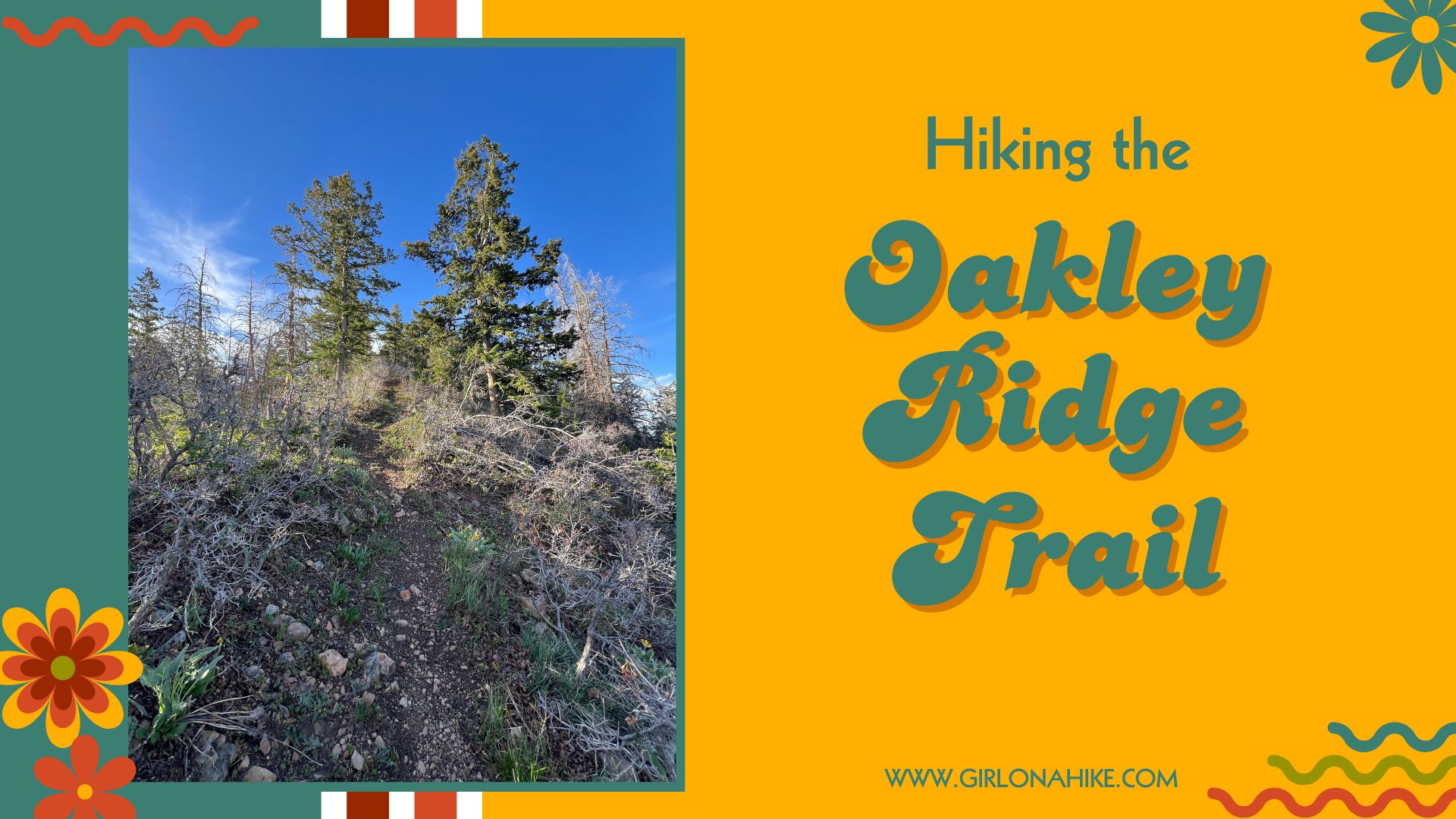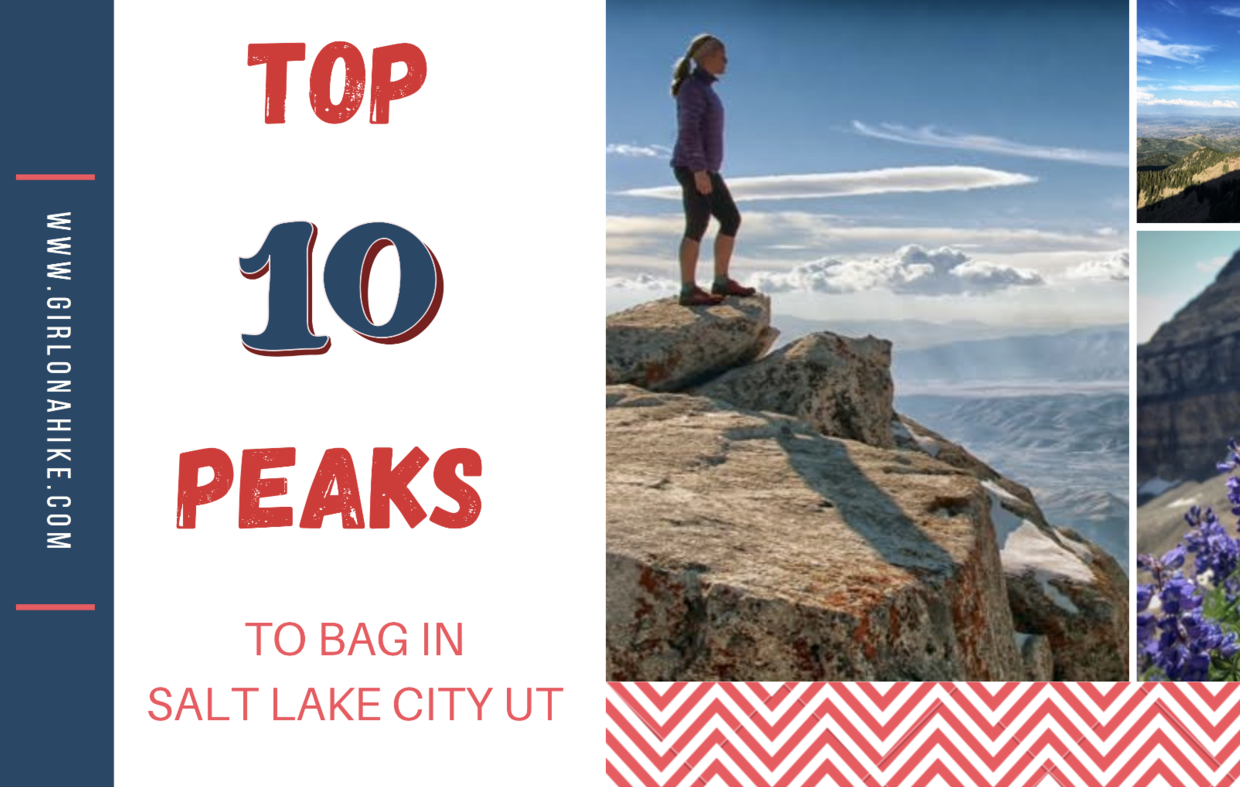

The Top 10 Peaks to bag in Salt Lake City, UT are right out our back door – no more than a 30-45 minute drive, these peaks are some of my favorites I’ve hiked over the years! Whether you are a newbie to peak bagging, or have years of experience, the Wasatch Front offers something for everyone. Start with the easy ones, then work your way up to some of the hardest and longest in the area. Of course there are several more peaks that some would argue should have made my list, but those are for you to decide which are your favorite. Set some goals, and start peak bagging this summer!
The Top 10 Peaks to Bag in Salt Lake City
Easy
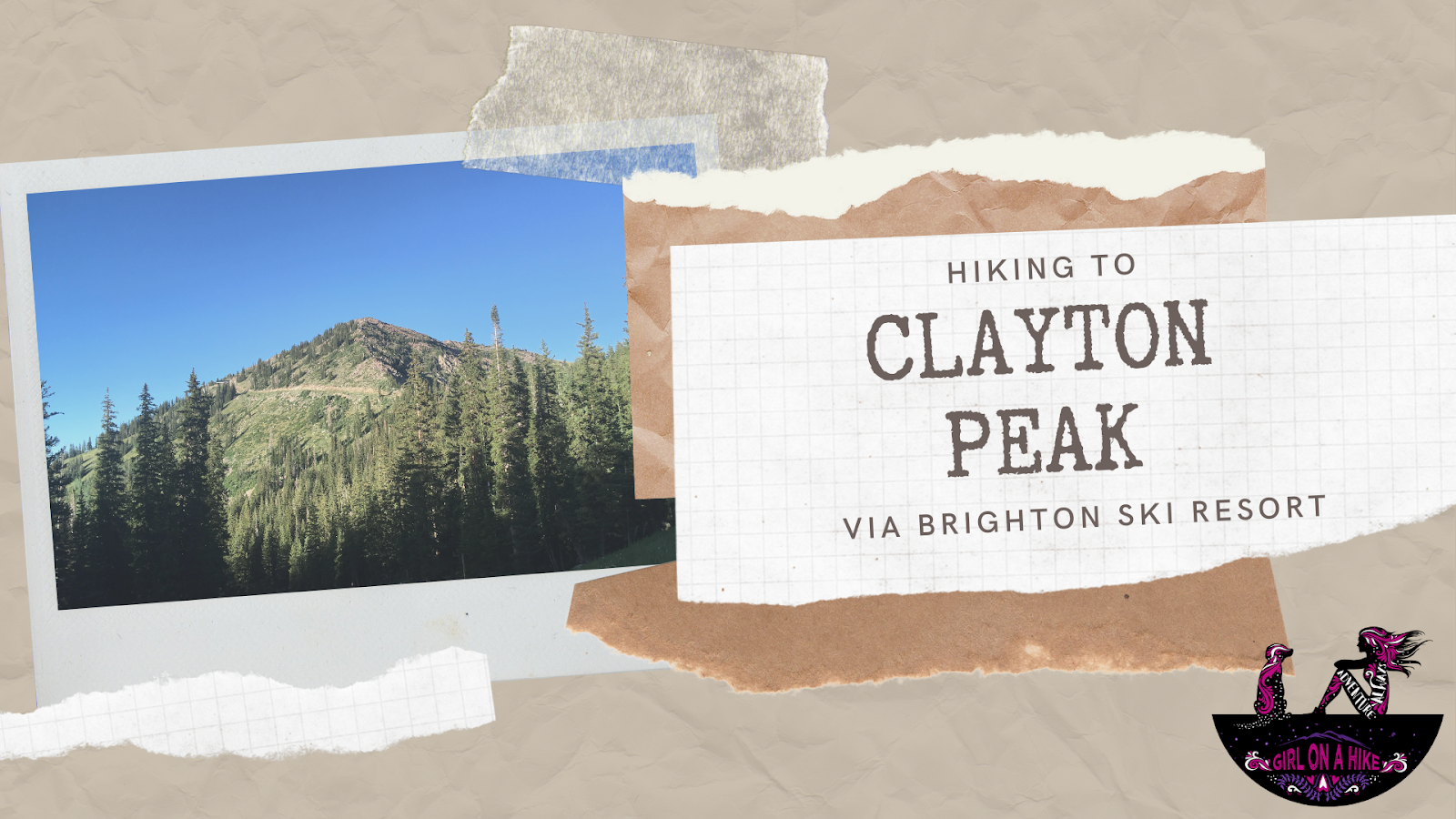
Clayton Peak
Clayton Peak (10,721 ft) is one of my favorite, after work peaks to summit. You get amazing 360 degree views of the surrounding canyons. On a clear day you can see the Uinta Mountains, Jordanelle State Park, Heber, and the Strawberry Reservoir. There are two ways to summit Clayton Peak – Guardsmans Pass or Brighton Ski Resort.
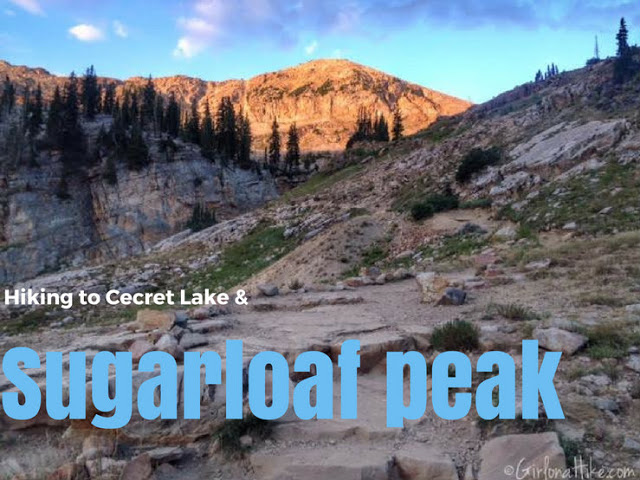
Sugarloaf Peak
Cecret Lake is a beautiful alpine lake that sits in the heart of Alta Ski Resort. This easy 1 mile walk is great for kids, taking photos of the amazing wildflowers in July, and possibly sighting a moose. But why stop at the lake, when you can continue just one more mile and summit Sugarloaf Peak? The elevation of Sugarloaf Peak is 11,051 ft, and can be summited in under an hour and half.
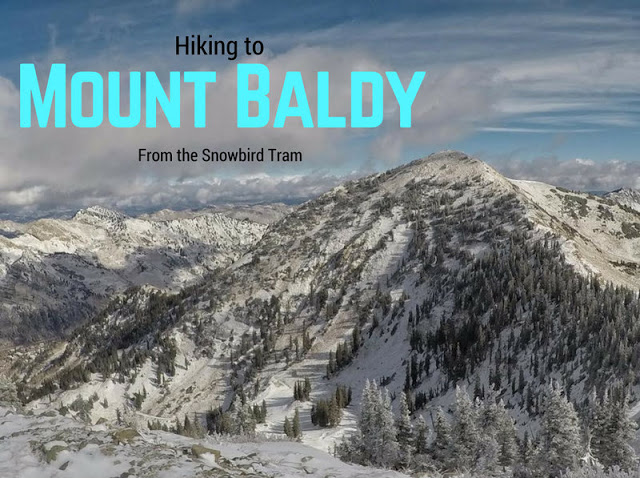
Mt.Baldy, Snowbird Resort
Mount Baldy (11,068ft) is the summit that divides Snowbird from Alta Ski Resorts, and is a short and easy summit, especially for newbie peak baggers. There’s nothing technical about this hike, which also makes is great for kids looking to bag a few easy peaks. Advanced peak baggers often combine Mount Baldy with either a section or entire ridgeline of Little Cottonwood Canyon.
Medium
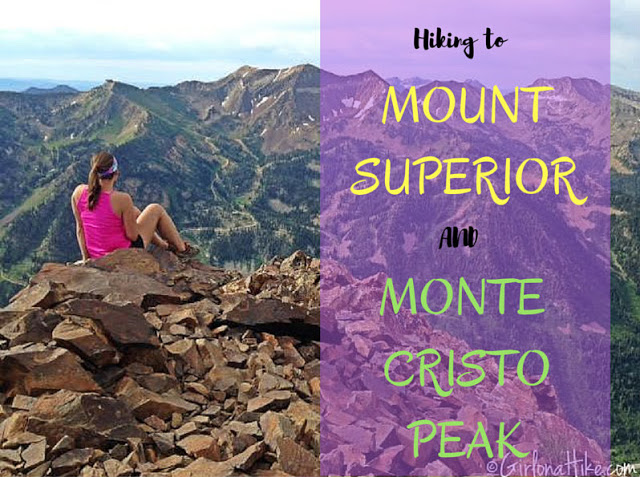
Mt. Superior & Monte Cristo Peak
Mount Superior (11,040ft) & Monte Cristo Peak (11,132 ft) are two classic and iconic Wasatch Peaks that every peak bagger should summit. Both peaks dominate the Little Cottonwood Canyon Ridge, and are focal points to the north when skiing at Alta or Snowbird. Both Mt. Superior and Monte Cristo are summited year round – in the winter by backcountry skiers, and in the summer by hikers looking for a fun little scramble.
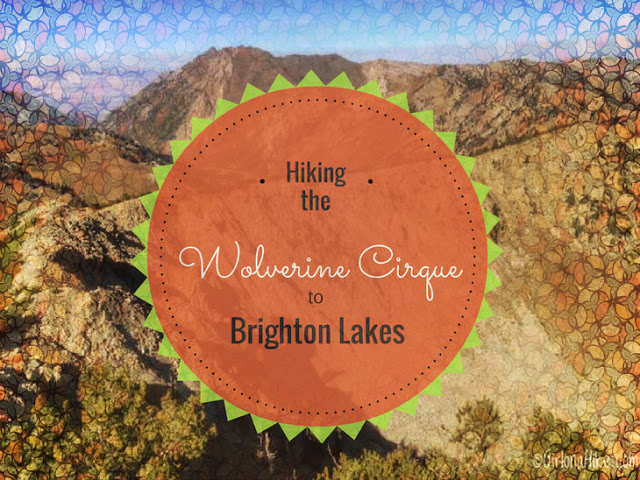
Mt.Wolverine
Mt. Wolverine & the Wolverine Cirque above Brighton Ski Resort is a very popular backcountry skiing destination during winter. But hiking this route in Summer, is just as fun and very scenic, and for Peak Baggers, you can knock out up to six peaks in one day. This can be done as a point-to-point hike, but to really see everything, turn it into a loop and take half a day to explore. On this route, I was able to summit four peaks, pass four lakes, and see some of the Wasatch’s best 360 degree views.
Hard
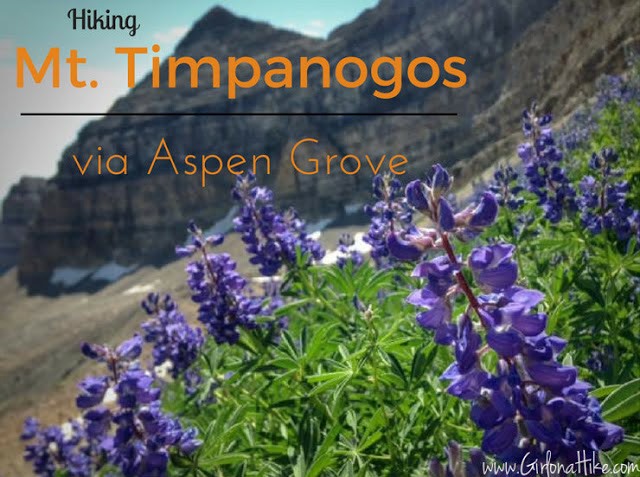
Mt.Timpanogos
Hiking Mt. Timpanogos (11, 752 ft) is one of the higher peaks in the Wasatch Front, coming in 2nd behind Mt. Nebo. Though Mt. Nebo is the tallest peak in the Wasatch Mountains, it sees less than half the amount of hikers than “Timp” (as us locals call it) does. Hiking Mt. Timpanogos is almost a rite of passage for many Utahans – once completed, many will openly offer up their experience, advice, and how many times they’ve summited.
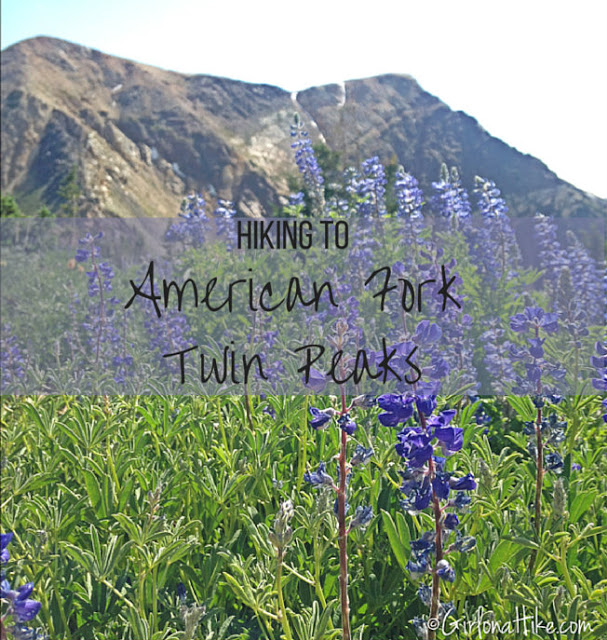
American Fork Twin Peaks
Hiking to the American Fork Twin Peaks (11,490 ft), is not for the beginner hiker. Not to be confused with the other twin peaks in the valley, Broads Fork Twin Peaks and The Avenues Twin Peaks, this route leads hikers across a long knife edge with a very faint trail. Do not attempt this hike if you’ve never cross a very narrow, and rocky ridgeline before – it takes a little route finding, skill, no fear of heights, and requires some light scrambling.
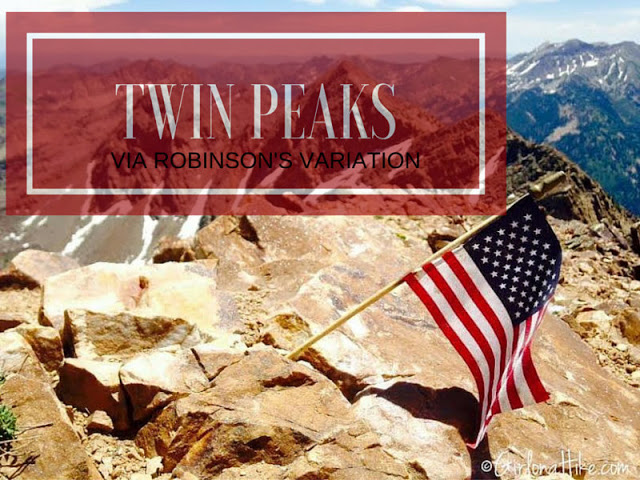
Broads Fork Twin Peaks
This peak is not for the average hiker. It gains almost 6,000 ft in about 3.5-4 miles! Most of the time I was on all fours climbing up or lowering myself down large boulders. It took us a full 12 hours with lots of rest and snack breaks, plus we enjoyed the view from Twin Peaks for about an hour. This is one of the few hikes I also got very bad elevation sickness – my body couldn’t keep up with the elevation gain in the short distance. By the time we reached the main ridgeline, I felt like I had to throw up every 20 ft, and had to stop and rest. Besides all that, it’s one of the most amazing peaks in the Wasatch.
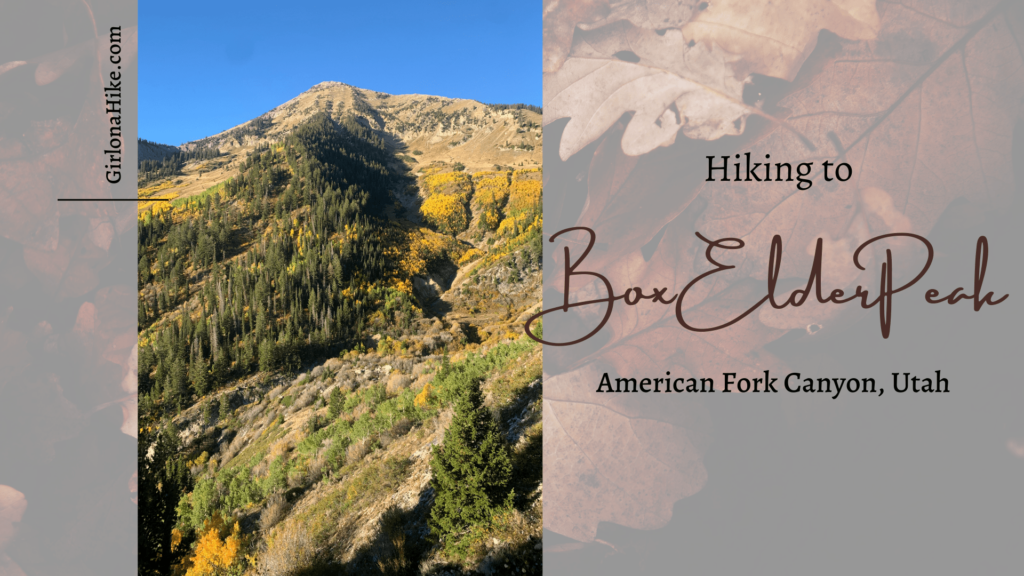
Box Elder Peak, American Fork Canyon
Box Elder Peak (11,101 ft) is the large, well known peak in between Mt. Timpanogos and Lone Peak – it dominates the ridgeline above, and to the North, of American Fork Canyon. Because the summit is over 11K, it is a popular hike among Peak Baggers. There are several routes to chose from, the most popular being the Dry Creek-Deer Creek Trail #043, which starts from the Granite Flats Campground just past Tibble Fork Reservoir. The best way to hike Box Elder Peak is to turn it into a loop hike so you get to see more of the mountain and experience a new trail. The route isn’t for the beginner hiker though – the long, steep trail is sure to give your calves a workout, and leave you out of breath. On the way to the summit, the trail gains 4,900 ft in just 7 miles – whew!
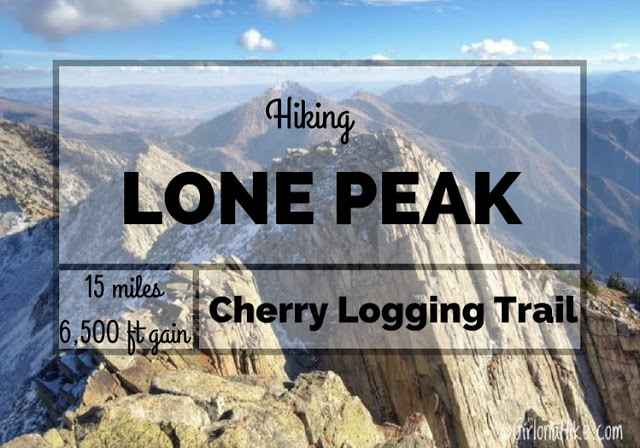
Lone Peak
Lone Peak (11,251 ft) is one of the tallest peaks along the Wasatch Front, and hovers over Draper, Utah. You can’t miss this peak – it is clearly visible from both Salt Lake & Utah Counties. On a clear day, you can see this magnificent summit from 100 miles away. Hiking Lone Peak is almost a rite of passage for many hikers and especially Peak Baggers. This intense hike is not for everyone – you must be very prepared for any kind of weather, and most importantly, prepared for a super intense hike that will literally take you all day. The hard work will be worth it though, as Lone Peak offers one of the best 360 degree views around.
Also check out…
The 6 Steepest Hikes in the Wasatch
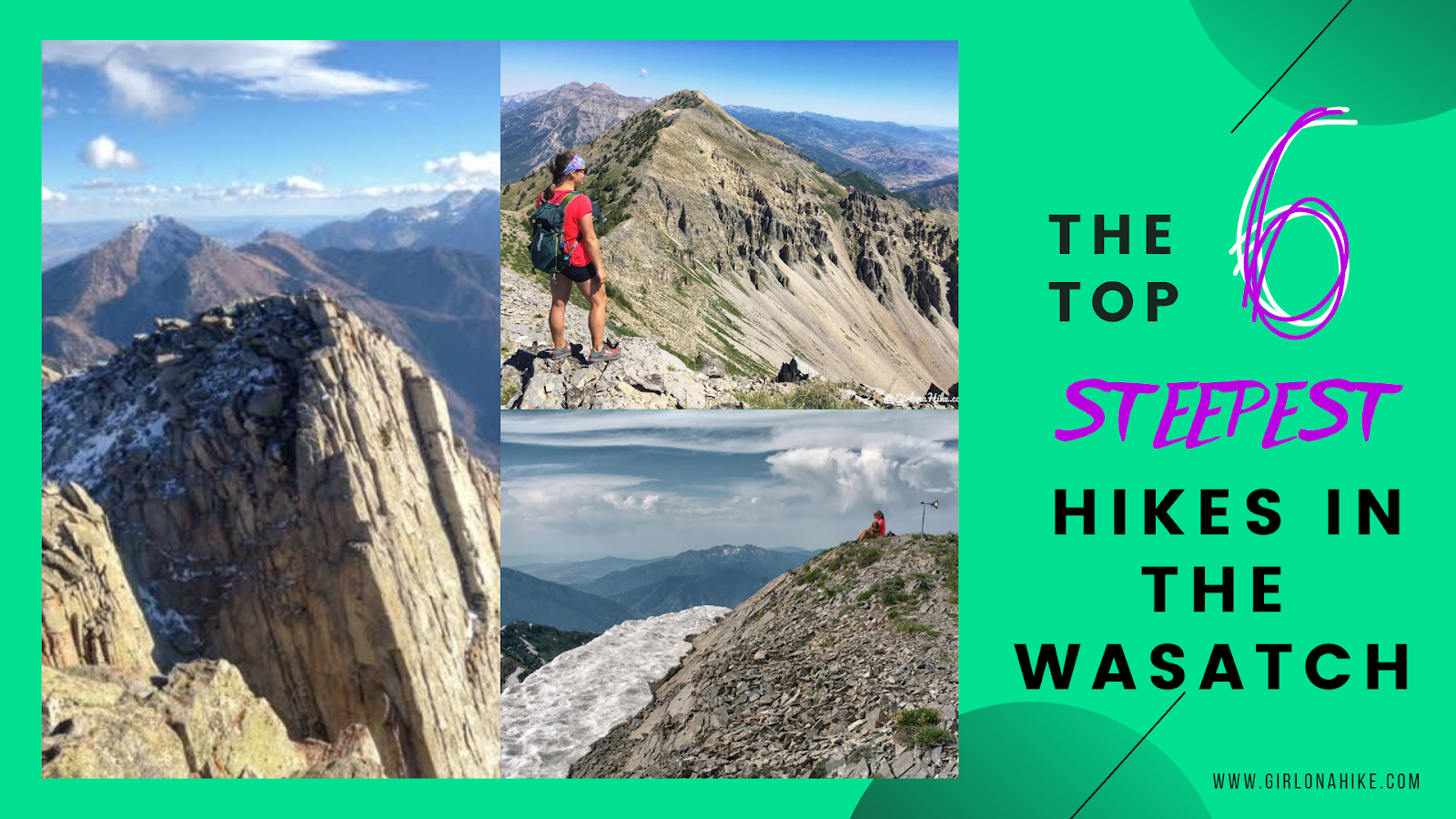

Save me on Pinterest!
